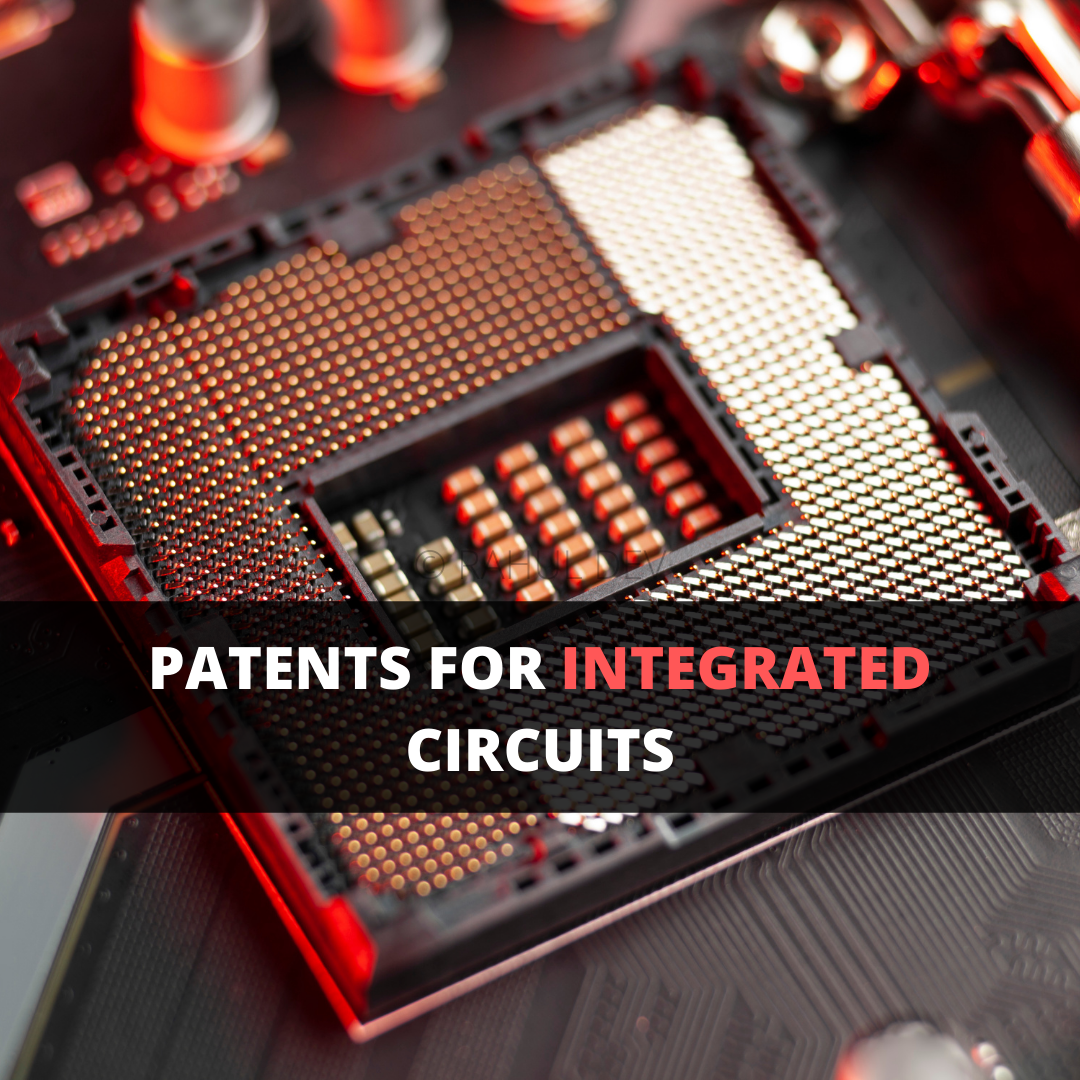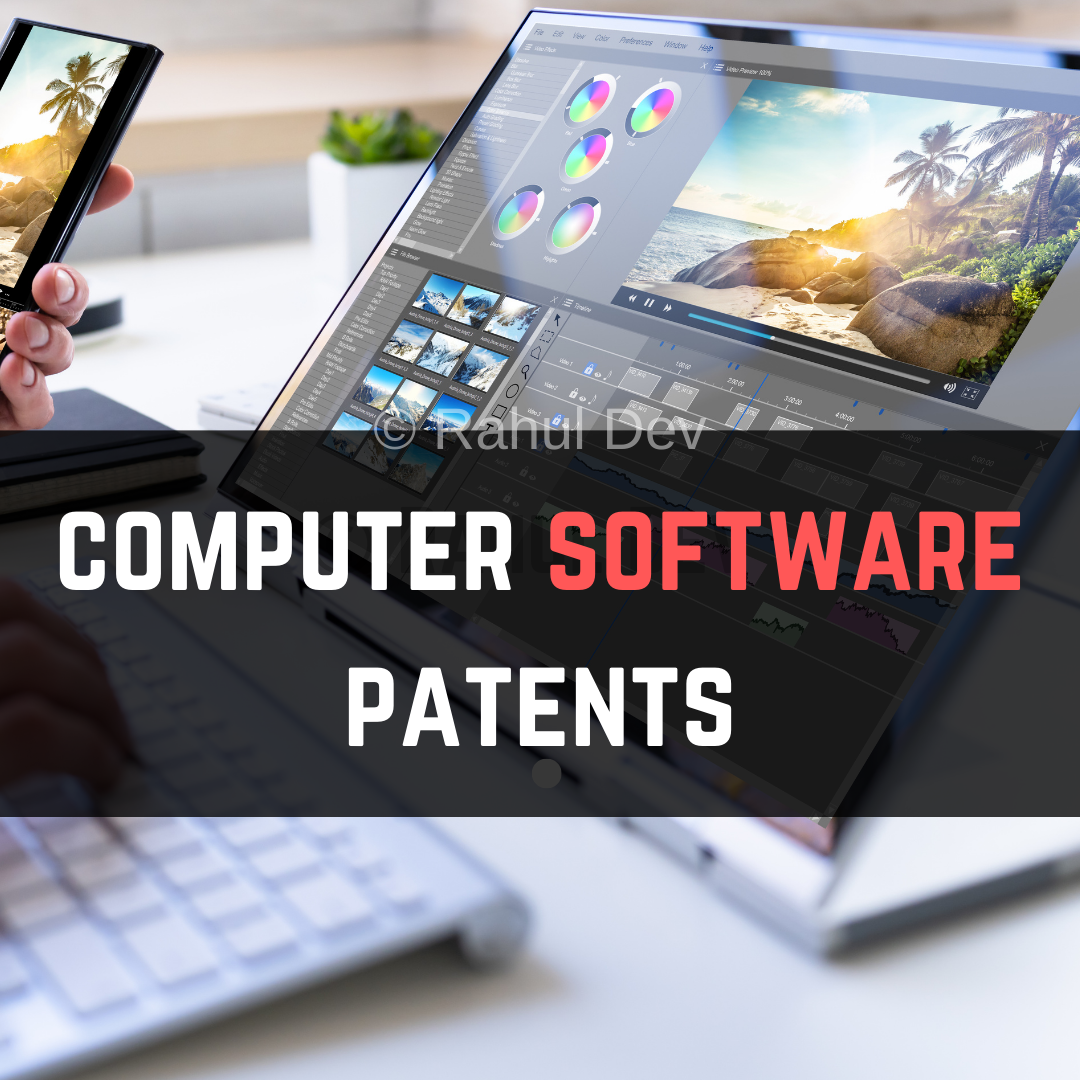
Innovative integrated circuits and microchips need protection via patents or designs under intellectual property law. Generally, those of ordinary skills in the art will define integrated circuits as an electronic circuit having a medium containing various circuit elements that are integrated into such medium. In use, the medium is usually silicon, and the integrated circuit is referred to as a chip, or a silicon chip, or a semiconductor chip, or simply an integrated circuit. The patent protection covers various aspects of integrated circuits, such as, for example, but not limited to, innovative arrangement of circuit elements, chip manufacturing or fabrication methods, chip inspection and quality check processes, and the like. Recently, it has been reported that coronavirus pandemic has disrupted the global supply of microchips, thereby leading to shortage of products in a world wherein almost every electronic product uses microchips. In 2020, Apple introduced their flagship chip M1, which essentially packs 16 billion transistors on a microprocessor the size of a large postage stamp. At the same time when Apple celebrated the launch of its products designed using M1 chips, the world is facing shortage of silicon chips to such an extent that automakers have shut some of their assembly lines.

Semiconductor integrated circuits are highly relied upon in various industries as they have created new applications for electronic devices. Many companies depend on them for power, gasses, atmosphere, temperature control, radio transmitters, computer motors, and many more. A circuit is the integration of components that are functioning together to complete a task or deliver a specified output. Integrated circuits usually consist of certain parts such as power ICs, sensors, IC circuits, signal processing ICs, and microprocessors.
The complete integrated circuit designs are sent to be manufactured into materials that can be used in various industries. The main components of integrated circuits are vacuum tubes, conductors, and diodes. As mentioned earlier, integrated circuits are designed with vacuum tubes. Vacuum tubes are materials used for the generation of electricity in the electric motors, pumps, lights, and fans. Diodes are used in the electronic devices to form circuits, opto-electronic circuits, photoresistor cells, and bipolar semiconductor devices.
Therefore, integrated circuits play a significant role in the electronic industries as they form the heart of various electronic products. The invention of semiconductor integrated circuit technology has created a unique opportunity for inventors to protect their inventions. There are many different ways to protect your innovative and valuable ideas but one of the most popular ways is to patent your innovative ideas and inventions.
Integrated circuits are generally recognized as “Chips” or “Micro-Chips”. They are the electronic circuits in which all the elements including transistors, diodes, and resistors, have been developed in a distinct order on the surface of a thin semiconductor substance, usually silicon. In contemporary technology, integrated circuits are important components for a broad range of electrical commodities, encompassing articles of daily use, like watches, television sets, washing machines, and cars, as well as intricate computers, smartphones, and other digital equipment.
Evolving creative layout designs of integrated circuits is crucial for the creation of ever-smaller digital tools with more processes. While the invention of a fresh layout-design is the outcome of a huge investment, both in economic terms and in terms of the period needed from highly qualified professionals, the copying of such a layout-design may amount to just a percentage of the actual investment. To prevent unauthorized copying of the designs and to offer incentives for investing in this area, the layout design (topography) of integrated circuits is preserved under a Sui Generis Intellectual Property operation.
Layout designs (topographies) of integrated circuits have a three-dimensional configuration of units constructing an integrated circuit intended for manufacturing. This configuration pursues the electronic process that the integrated circuit is to execute. Integrated circuits are an instrument with a broad surface, on which distinct components with electrical functions are set, involving transistors, resistors, capacitors, diodes, etc. These elements are attached in such a way that the integrated circuit can regulate the electric current, by amplifying or modifying it. Relying on the process they execute, integrated circuits require a special order and configuration, that is, they need a design of the components that shape the integrated circuit. This is recognized as the layout design (topography) of the integrated circuit. The easiest integrated circuit contains three layers, one of which is rendered from a semiconductor substance.
A wafer (i.e. a slim, highly polished silicon crystal disk) of semiconductor components is covered with a layer of silicon oxide (an insulator) and the electronic factors are constructed by a method of diffusion (chemically doping the semiconductor aspect with contaminants through holes inscribed through the oxide). Ultimately, an aluminum coating is connected which is partially evaporated utilizing a mask, leaving the interconnections between elements constructed in the semiconductor sheet. It can thus be asserted that the data highway is paved with silicon.
Chips and micro-chips which are recognized as Integrated Circuits or ICs can be protected as an IP or by the law. They are a component of nearly every electronic tool. From watches to Televisions and washing machines, no electronic component is full with an Integrated Circuit. A layout design of an integrated circuit can be safeguarded if it is unique in the sense that it is the outcome of the inventors’ intellectual undertaking and not known among inventors of layout-designs and producers of integrated circuits during creation.
In general, preservation of the topography needs that an integrated circuit be registered or commercially used. The structure of integrated circuits is very complicated as multiple small elements are positioned and built on silicon (in most cases) in a distinct order. Not just in terms of production, in terms of investments and technology, they are very significant. A lot of wealth is invested in their formation and substantial research techniques from specialists are involved so maintaining the layout design becomes crucial. If violations occur on these layouts, it is a big loss for the manufacturer monetarily as well as in other shapes.
Intellectual Property protection legislation varies in several countries as the harmonization still does not subsist. The procedure of applying and obtaining IP rights on the layout design is distinct in all the nations and hence the expense and time involved are diverse too. Some regions compel the topography of the integrated circuit to be registered to procure protection rights. This normally does not need any analysis. The registration affects a fee which is different in different countries. In some nations, the application to obtain IP rights must be documented within 2yrs of production and the protection duration commences only when the initial commercial violation occurs. Since it is a design, while applying, the Patent Attorney seeks a drawing with the data of the proprietor and the ownership of the design.
When it comes to patent protection, the patent offices worldwide may categorize the microchips-based inventions into general physics category based on the mapping of patent claims as per the International Patent Classification, or the IPC. For example, the Indian patent office regularly grants patents in the field of physics covering multiple innovations. A thorough review of physics-based patents in India reveals multiple patents, such as, for example, but not limited to, handheld device for the detection of preservative on seafood and methods and systems for auto focusing digital microscope, which claimed, a handheld device for the detection of preservative on seafood. This invention relates to a handheld device for the detection of preservatives in seafood. The system has a power button for switching the device on or off, a control module having a control unit for monitoring and controlling of the operations of the handheld device, a communications module for facilitating communication of the handheld device with one or more external devices or the cloud. The system also has a power management unit for the management of the charging, protection, and usage of one or more rechargeable batteries that power the handheld device, a charging port that facilitates the user to recharge the one or more rechargeable batteries. The one or more rechargeable batteries are further disposed of in a compartment. There is also a gas collection chamber that collects a preservative in the form of a gas. The system has a preservative detection module that is to detect the presence of preservatives in seafood over which the handheld device has been placed. This preservation detection module has one or more electrochemical gas sensors that produce voltage changes on the handheld device when the gas is in the proximity of the one or more sensors. Such voltage changes are captured, amplified, and fed to an Analog to Digital converter and subsequently to the control unit. There is also a bottom cover that holds the one or more rechargeable batteries in position and one or more indicators for indicating the status of the handheld device to the user and a display unit that displays a result to the user.
Another patent in the category of physics relates to methods and system for auto focusing a digital microscope. The invention relates to a method for auto focusing a microscopic imaging system. The microscopic imaging system includes a focusing system that receives a first image of a sample in an automated stage of the imaging system. The first stage of a sample is captured at a first focus position and a second image is captured at a second focus position. The difference image based on the difference in pixel values of the first image and the second image is identified by the focusing system. The focusing system also identifies a direction of focus and optimal focus position for the difference image based on information associated with the historic difference images. The direction of focus and the optimal system position is identified using a machine learned regression system. Further, the automated stage moves towards the direction of focus and position at the optimal focus position to capture a focused image of the sample.
Our team of advanced patent attorneys assists clients with patent searches, drafting patent applications, and patent (intellectual property) agreements, including licensing and non-disclosure agreements. Advocate Rahul Dev is a Patent Attorney & International Business Lawyer practicing Technology, Intellectual Property & Corporate Laws. He is reachable at rd (at) patentbusinesslawyer (dot) com & @rdpatentlawyer on Twitter.
Quoted in and contributed to 50+ national & international publications (Bloomberg, FirstPost, SwissInfo, Outlook Money, Yahoo News, Times of India, Economic Times, Business Standard, Quartz, Global Legal Post, International Bar Association, LawAsia, BioSpectrum Asia, Digital News Asia, e27, Leaders Speak, Entrepreneur India, VCCircle, AutoTech).
Regularly invited to speak at international & national platforms (conferences, TV channels, seminars, corporate trainings, government workshops) on technology, patents, business strategy, legal developments, leadership & management.
Working closely with patent attorneys along with international law firms with significant experience with lawyers in Asia Pacific providing services to clients in US and Europe. Flagship services include international patent and trademark filings, patent services in India and global patent consulting services.
Global Blockchain Lawyers (www.GlobalBlockchainLawyers.com) is a digital platform to discuss legal issues, latest technology and legal developments, and applicable laws in the dynamic field of Digital Currency, Blockchain, Bitcoin, Cryptocurrency and raising capital through the sale of tokens or coins (ICO or Initial Coin Offerings).
Blockchain ecosystem in India is evolving at a rapid pace and a proactive legal approach is required by blockchain lawyers in India to understand the complex nature of applicable laws and regulations.
Read About Patent FIling Guide



